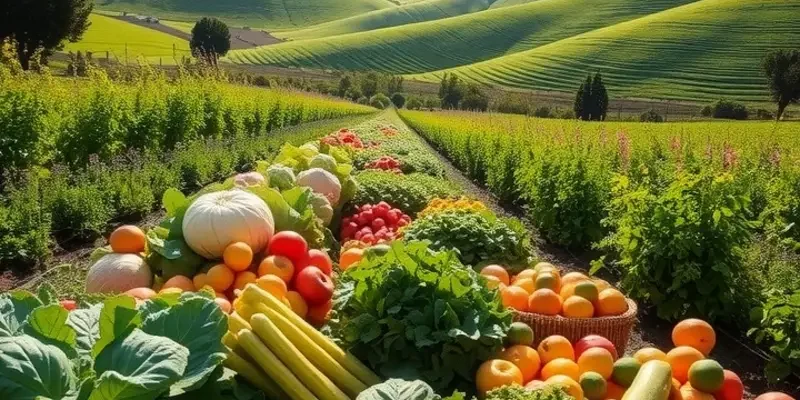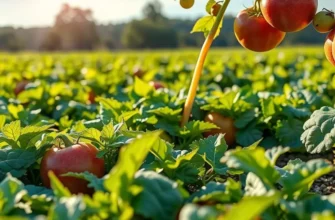Understanding how to store and manage canned beverages can help minimize waste and ensure your drinks remain safe to consume. From sodas to juices, various canned beverages come with long shelf-lives when stored correctly. This article provides actionable insights on maximizing their freshness and safety, so you can enjoy your favorite drinks without unnecessary waste.
Understanding Canned Beverages and Their Longevity

Canned beverages, whether they are sodas, juices, or sports drinks, offer unmatched convenience and typically have a shelf life ranging from 1 to 2 years. However, their longevity hinges on the conditions in which they are stored. Detailed attention to these factors can ensure that you enjoy your drink at its best quality while reducing waste.
First and foremost, always check the expiration dates. The ‘best by’ date on a can is a reliable indicator of when the drink will taste its best. Consuming beverages after this date is often safe as long as there are no signs of spoilage, but it might affect the taste and carbonation level, especially for carbonated drinks. Regularly rotating your stock and consuming older cans first also minimizes the risk of spoilage.
Storage under appropriate conditions is the key to preserving the integrity of canned beverages. A cool, dark location is ideal, as exposure to heat can exacerbate breakdowns in the can’s internal linings. This deterioration not only increases the risk of rust but also compromises the drink’s flavor and safety. Therefore, a pantry or basement is often preferable to a countertop or windowsill that receives direct sunlight.
Humidity is another enemy of longevity. Ironically, while cans are watertight, excessive ambient moisture can encourage rust on their exteriors. Rust not only weakens the can structurally but may also contaminate the beverage inside. Ensuring your storage area is dry and well-ventilated will help mitigate these risks.
Maintaining a stable storage temperature is just as crucial. Ideally, the temperature should be between 50°F and 70°F (10°C to 21°C), as frequent fluctuations can cause the contents to expand and contract. This pressure change might compromise the seal, leading to potential leaks or spoilage. A consistent environment, free from drastic temperature variations, ensures that your cans remain intact and the drink inside stays fresh.
By following these guidelines, the life of your canned beverages can be effectively maximized. For those eager to learn more about reducing food waste and improving storage methods, exploring broad topics on eco-smart kitchen storage can offer insightful tips. Together, these practices not only contribute to reduced waste but also ensure a quality drinking experience long after purchase.
Best Practices for Handling and Using Canned Beverages

Once you’ve ensured proper storage of canned beverages, handling and using them carefully is crucial for safety and quality. Begin by inspecting each can before consuming the contents. Look for visible signs of damage such as dents, leaks, or bulging. These can indicate compromised container integrity, possibly leading to contamination. Discard any can showing such signs to avoid health risks.
When it comes to opening cans and managing leftover drinks, transferring the unused portion to a sealed container is a smart plan. After pouring your drink, store the remaining liquid in a sealed jar or bottle to preserve its freshness. Always refrigerate these leftovers promptly, consuming them within three days for optimal flavor and safety. Open cans that are left in the fridge can lose carbonation and taste, so using an airtight container helps maintain the beverage’s original qualities.
To efficiently manage your stock, organize your storage space using the “first in, first out” system. By placing older cans at the front and newer ones at the back, you’ll naturally prioritize consuming items before they expire. This strategy can significantly reduce food waste and ensure that no can goes unopened beyond its best-by date.
After you’ve enjoyed your beverage, recycling is a responsible next step. Rinse each can briefly to remove residual liquid before placing it in your recycling bin. This practice not only upholds recycling standards but also plays a role in sustainable waste management.
Handling and using canned beverages conscientiously contributes to extending their shelf-life and ensuring their safety. For more insights on organizing your kitchen to align with eco-friendly practices, consider exploring topics like eco-smart kitchen storage. Incorporating these strategies into your routine can enhance your overall food storage efficiency while benefiting the environment.
Final words
By understanding the shelf-life and proper storage of canned beverages, you can enjoy your drinks with confidence while minimizing waste. Regular checks on expiration dates, appropriate handling of opened cans, and maintaining ideal storage conditions are key to preserving freshness and safety. Maintain awareness of your pantry inventory by using the first in, first out method, ensuring that older cans are consumed before newer ones. Practicing these simple steps contributes to food management at home, allowing you to make the most out of your canned beverages.







